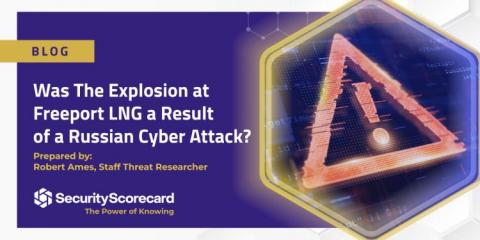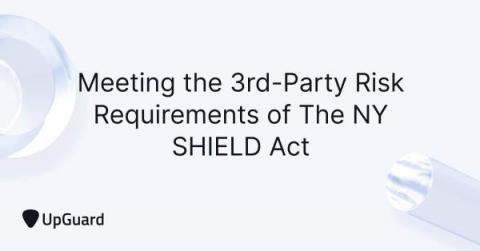Was the Explosion at Freeport LNG a Result of a Russian Cyber Attack?
On June 8, an explosion took place at Freeport LNG’s liquefied natural gas (LNG) export facility in Quintana, Texas. The company later explained that the explosion resulted from a rupture in an over-pressurized pipeline, but did not comment as to how the pressure built up enough to cause such a rupture. In the wake of the explosion, Freeport reported that the outage resulting from it would persist until September, after which the facility would only resume partial operations.








